Midterm #2
1/22
Earn XP
Description and Tags
Chapter 5 - Elasticity
Name | Mastery | Learn | Test | Matching | Spaced |
|---|
No study sessions yet.
23 Terms
Elasticity of Demand
A measure of how responsive the quantity demanded is to a change in price
Perfectly Elastic and Perfectly Inelastic Demand Curve
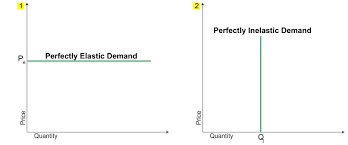
What are some factors that determine if demand becomes more inelastic?
Fewer Substitutes
Short Run (Less Time)
Categories of Product i.e., orange soda
Necessities
Small Part of budget
What are some factors that determine if demand becomes more elastic?
More Substitutes
Long Run (More Time)
Specific Brand i.e., Fanta
Luxuries
Large Part of Budget
How do you calculate elasticity of demand?
* Elasticity of demand is always negative.

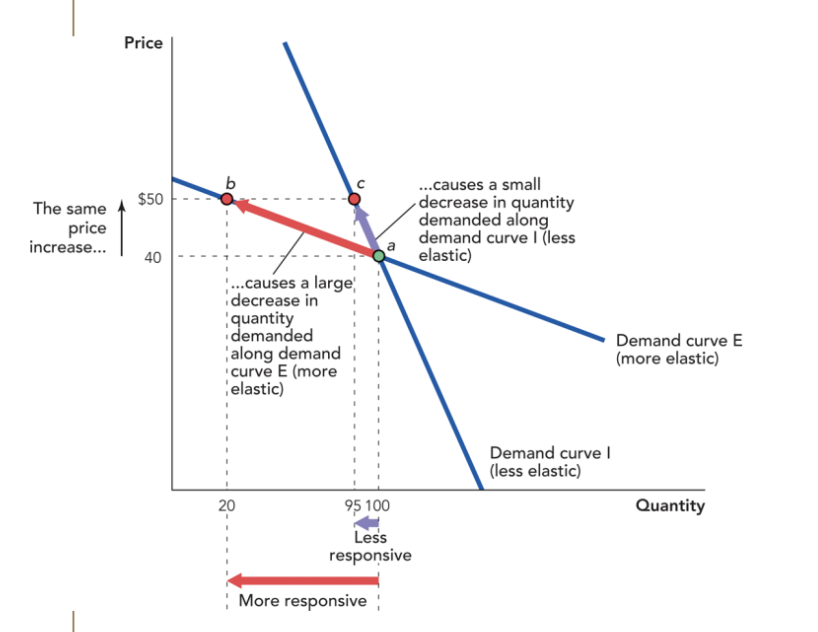
Is Demand Curve I or Demand Curve E more elastic and explain why.
Demand Curve E is more elastic than Demand Curve I because it is flatter and closer to being a horizontal line than Demand Curve I. Demand Curve E is also more responsive to a change in price than Demand Curve I, which is the exact definition of elasticity.
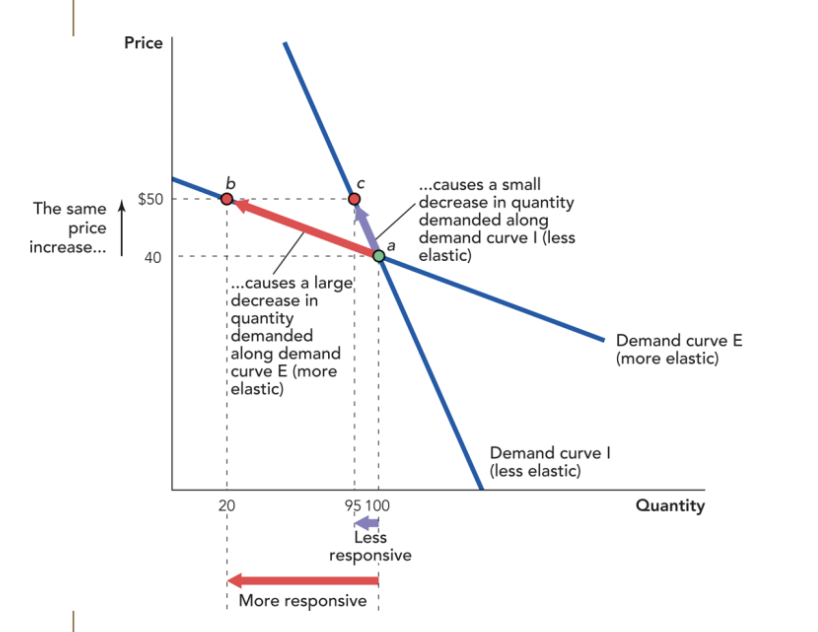
Calculate the ED of Demand Curve I.
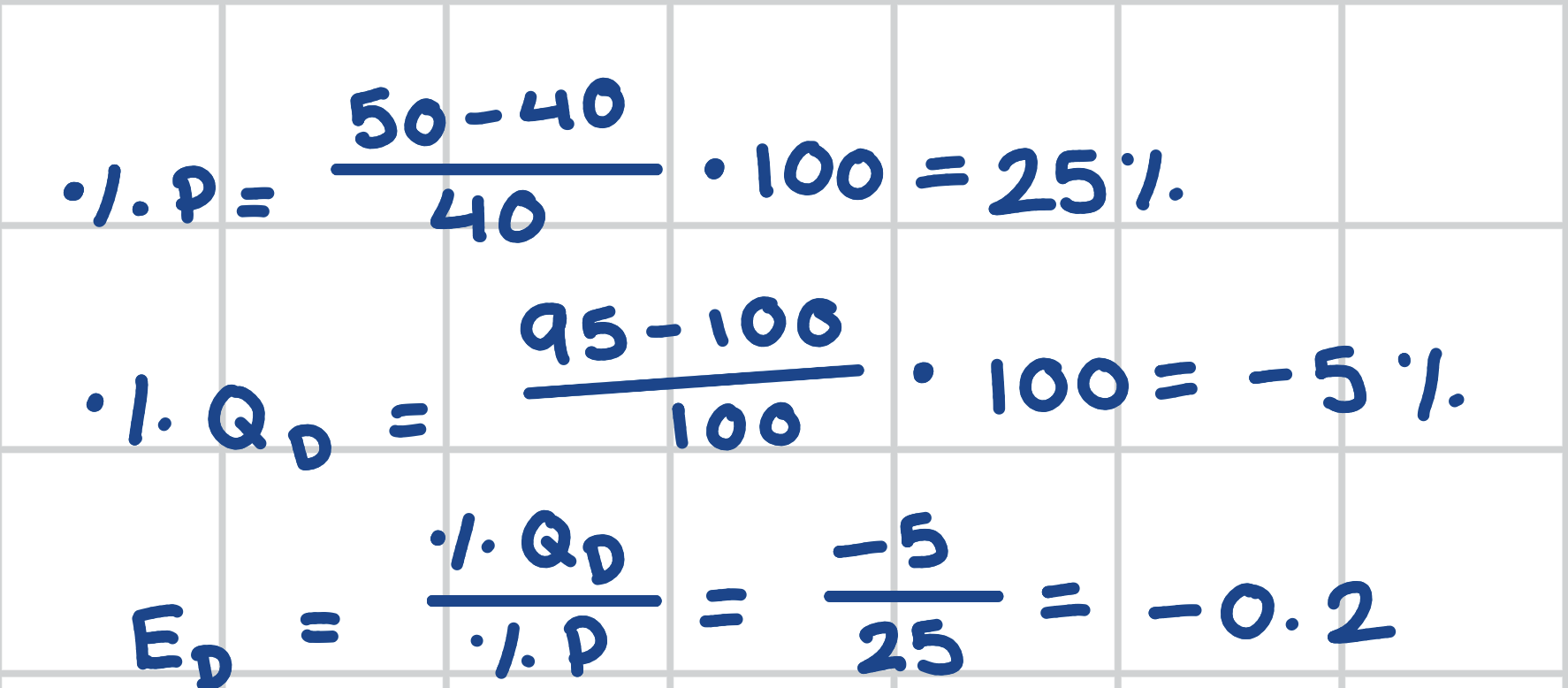
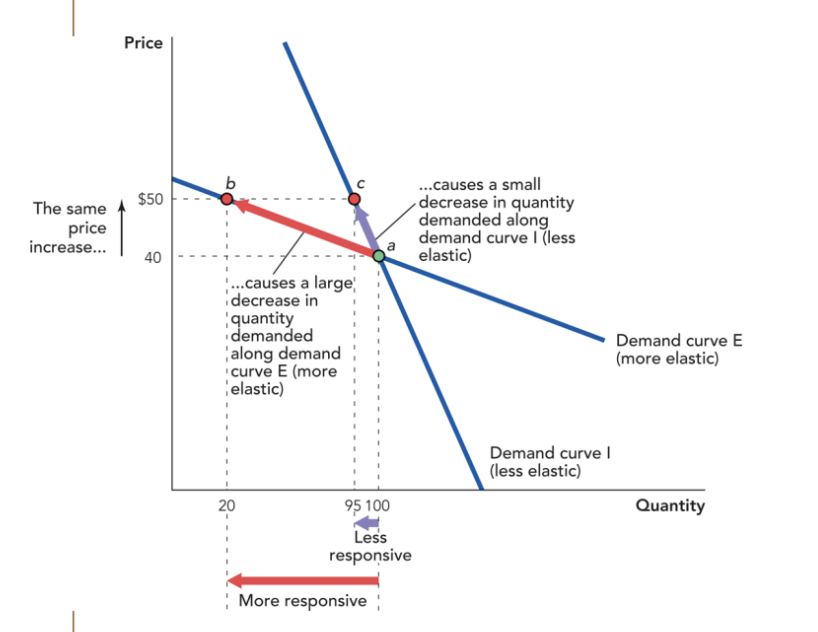
Calculate the ED of Demand Curve E.
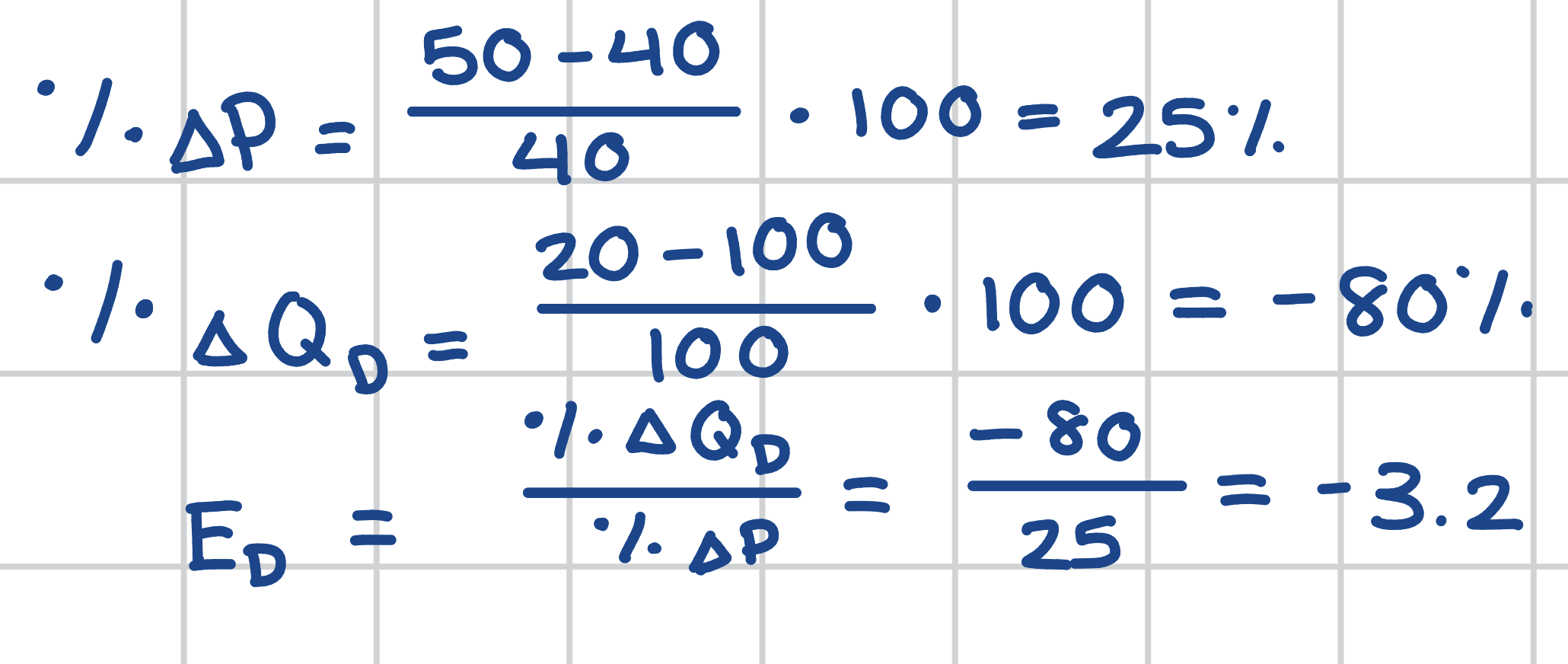
If the absolute value of the elasticity of a demand curve is less than 1, then what does this tell us about the demand curve?
The demand curve is inelastic.
If the absolute value of the elasticity of a demand curve is greater than 1, then what does this tell us about the demand curve?
The demand curve is elastic.
Unit Elastic
When the absolute value of the elasticity is exactly equal to 1
How do you calculate ED using the midpoint method?
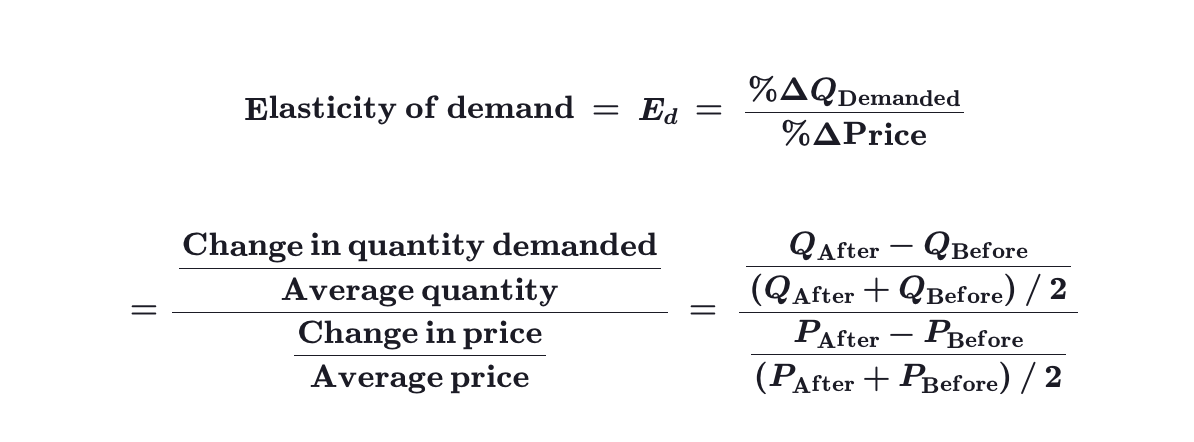
Calculate ED using the midpoint method.
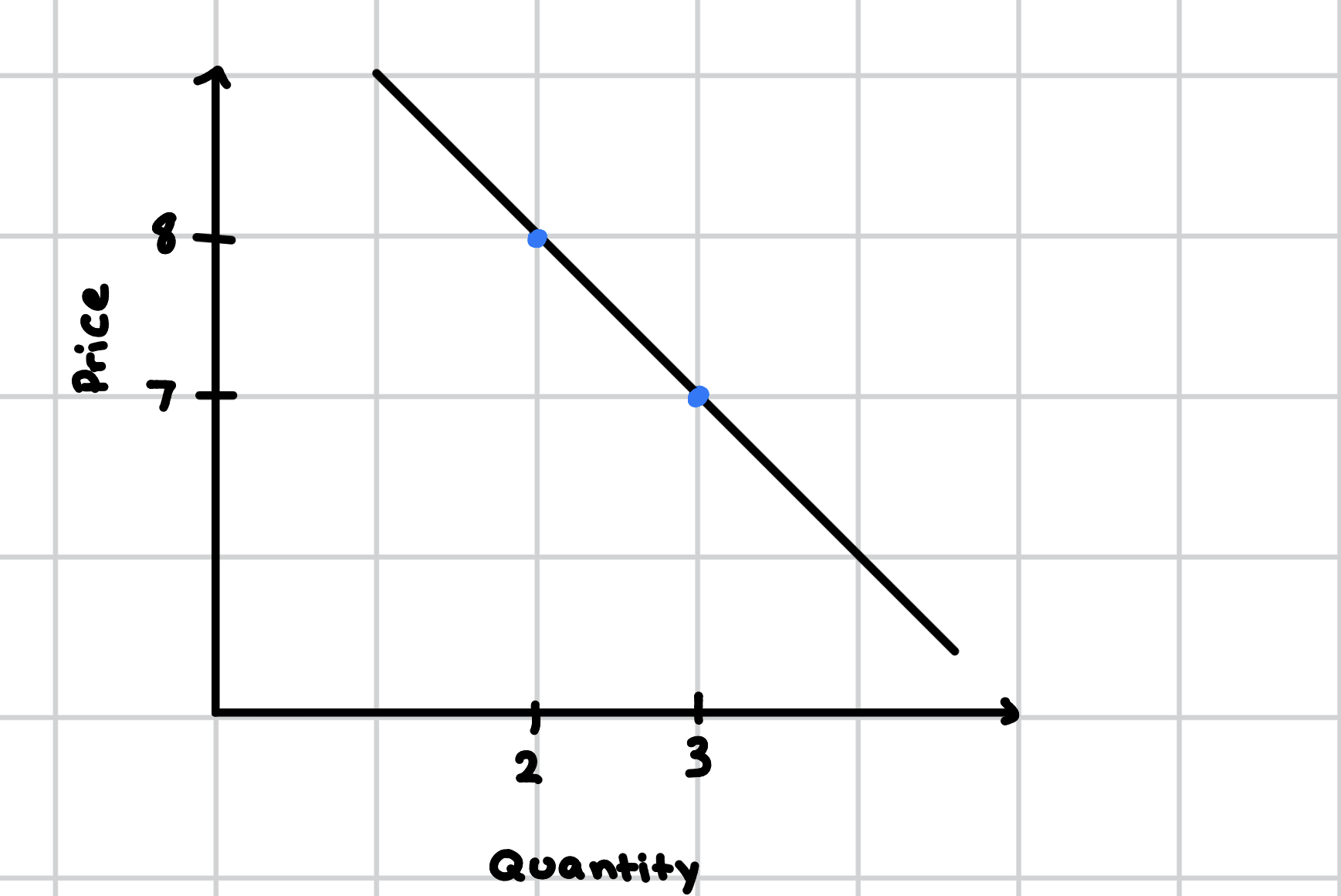
How do you calculate revenue?
Revenue = Price x Quantity
When the demand curve is inelastic (ED < 1), price and revenue _________.
Move together
When the demand curve is elastic (ED > 1), price and revenue _________.
Move in opposite directions
When the demand curve is elastic (ED = 1), when price changes, revenue _________.
Stays the same
Elasticity of Supply
A measure of how responsive the quantity supplied is to a change in price
When is the supply curve inelastic?
Difficult to increase production at constant unit cost
Large share of market for inputs
Global supply
Short run
When is the supply curve elastic?
Easy to increase the supply (production at constant unit cost)
Small share of market for inputs
Local supply
Long run
How to calculate elasticity of supply?

How to calculate elasticity of supply using the midpoint method?

What are the three most important things to remember about commodity tax?
Who ultimately pays the tax does not depend on who writes the check to the government
Who ultimately pays the tax does depend on the relative elasticities of demand and supply
Commodity taxation raises revenue and creates deadweight loss (i.e., reduces the gains from trade)